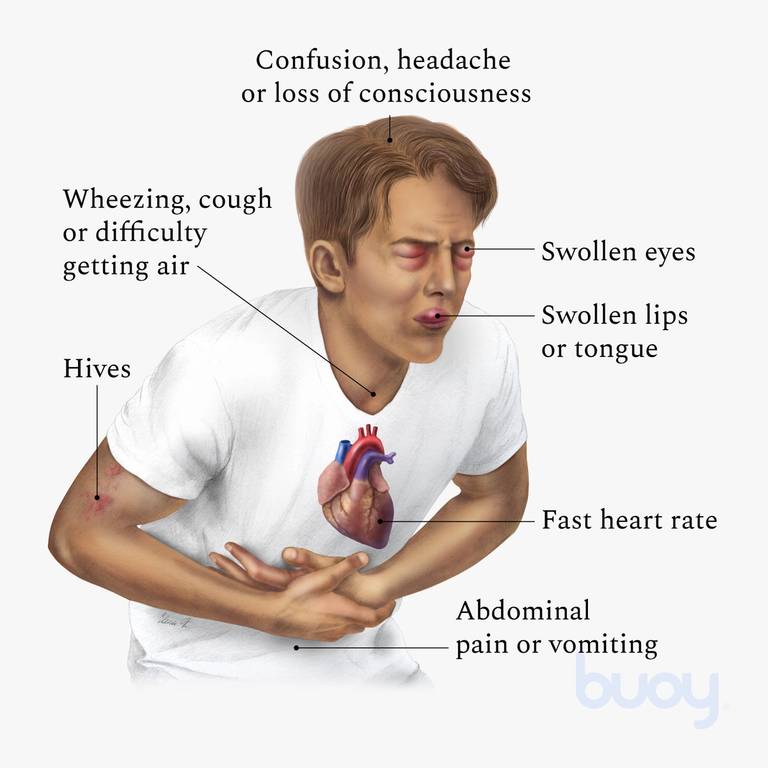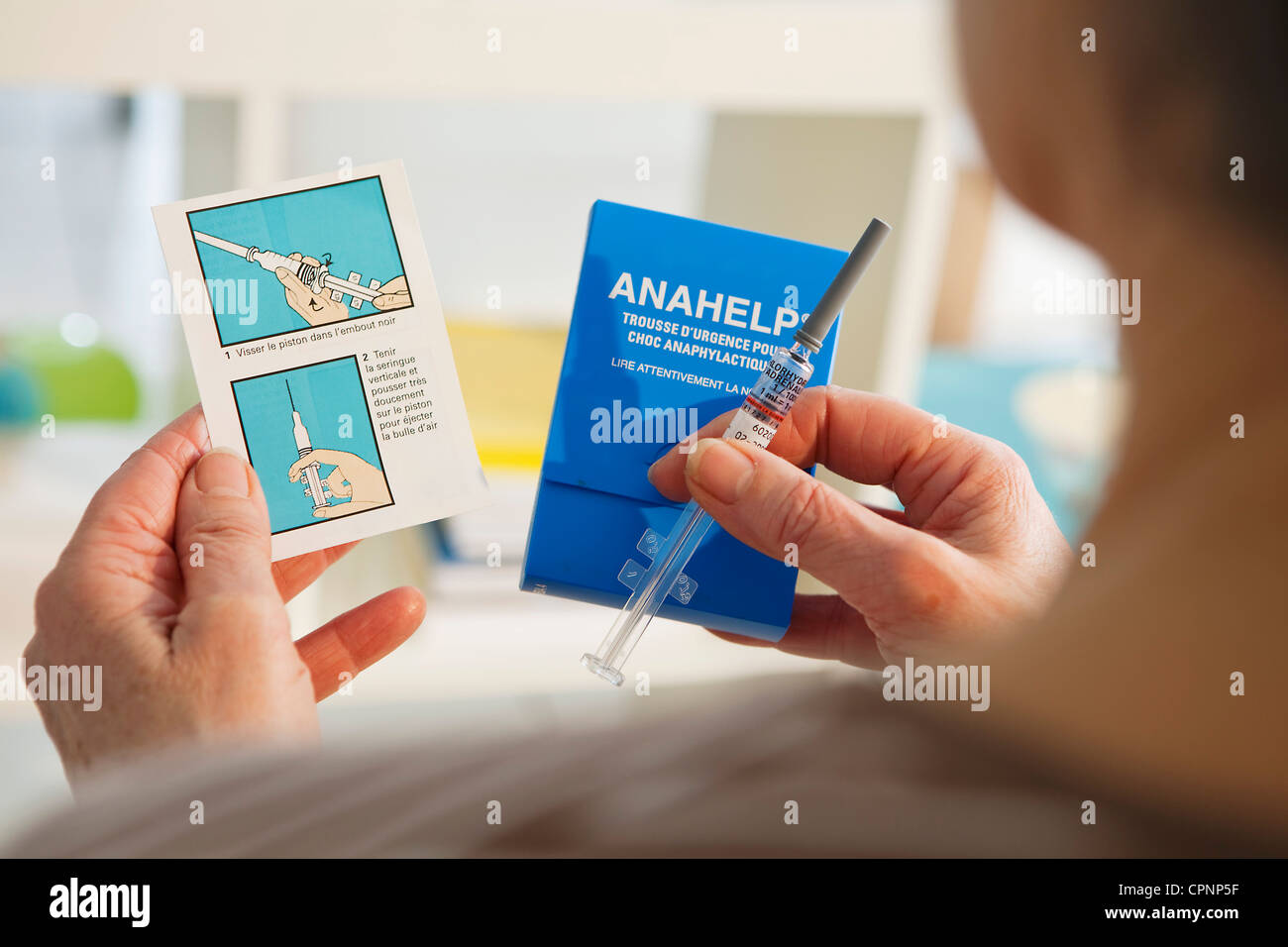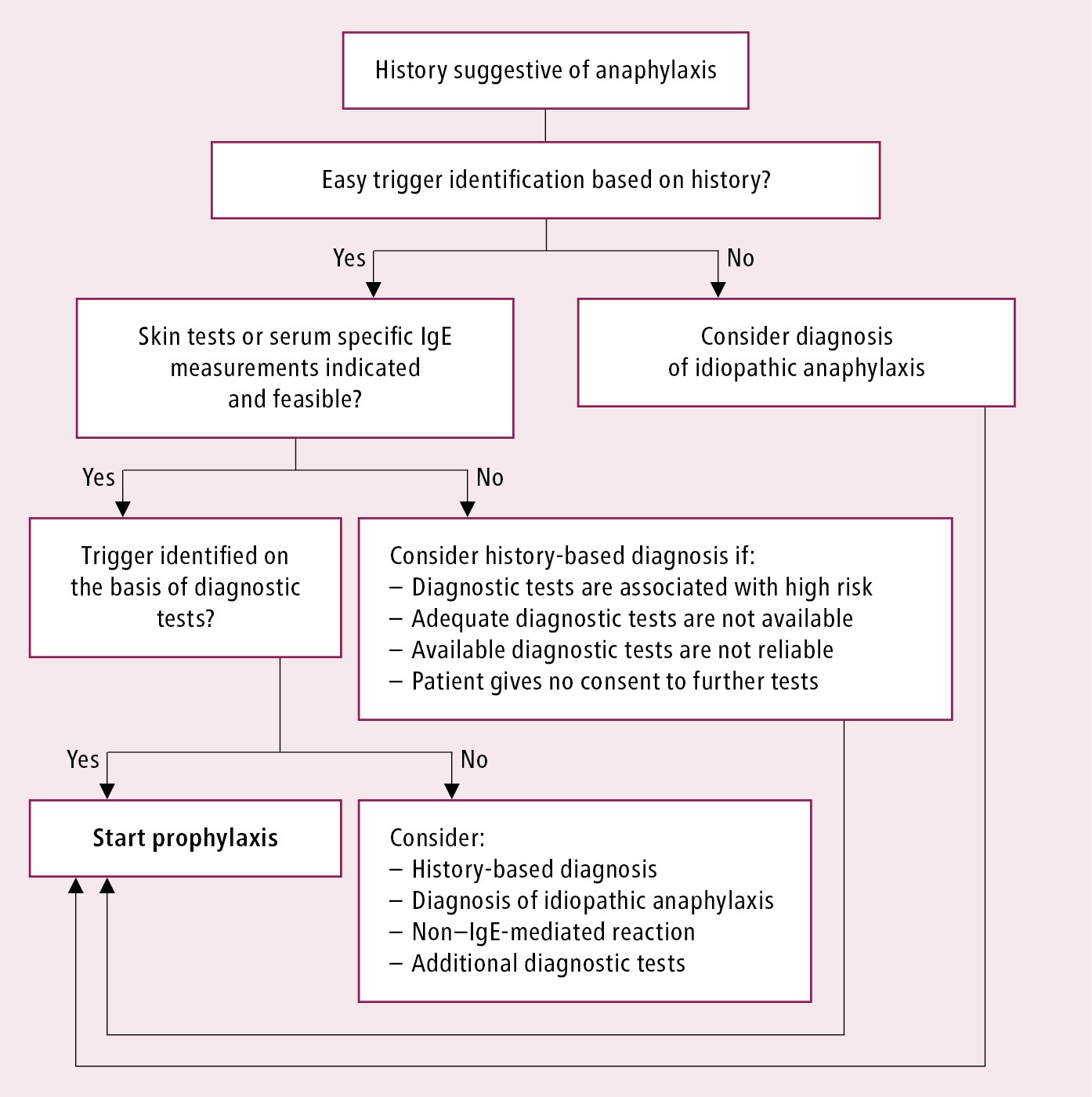Spectacular Tips About How To Deal With Anaphylactic Shock

Follow these steps if you think you or someone you're with is having an anaphylactic reaction:
How to deal with anaphylactic shock. Look for pale, cool and clammy skin; The person may develop a rash, itchiness or swelling on their hands, feet or face. It describes the recognition and treatment of an anaphylactic reaction including the delivery of drugs.
The best way to prevent anaphylaxis is to avoid the allergen or allergens that cause you to have anaphylactic reactions. Their breathing may slow down. Guidance for healthcare providers who may deal with an anaphylactic reaction.
In case of signs of anaphylactic shock, the first thing to do is to seek medical attention immediately and without wasting time, by calling emergency number. The clinical definition, classification, nomenclature, and treatment of anaphylaxis have been points of controversy, varying among different medical. If you're with someone who's having an allergic reaction and shows signs of shock, act fast.
Even with treatment, a person experiencing anaphylaxis. They need urgent medical assistance because an allergic reaction can affect a baby or child very quickly, and is potentially very serious. Anaphylaxis is a severe, potentially life.
Get emergency treatment even if symptoms start to improve. Call 999 if you see these symptoms. If it isn’t treated right away, it can be deadly.
To identify anaphylactic shock, first look for symptoms of allergy which include: They may also vomit or have diarrhoea. The 'shock' part of anaphylactic shock refers to the drop in blood pressure, which reduces the amount of blood delivered to the major organs.
Do uninterrupted chest presses — about 100 every minute — until paramedics arrive. Anaphylaxis needs to be treated right away with an injection of epinephrine.


















